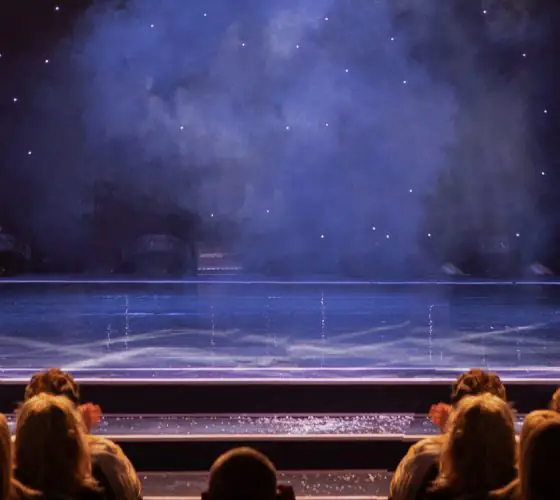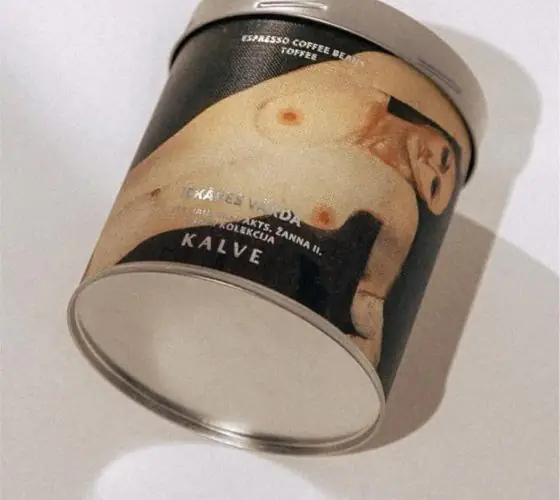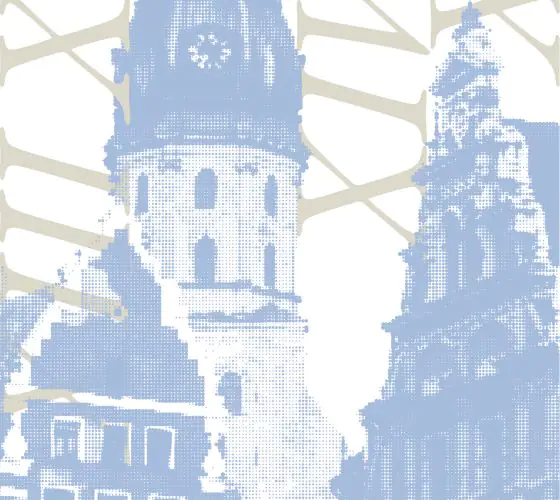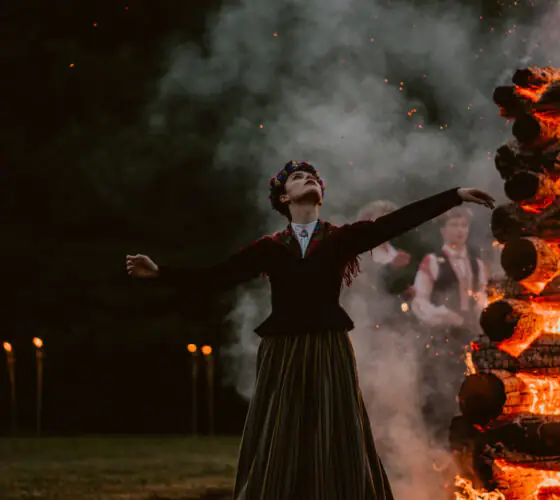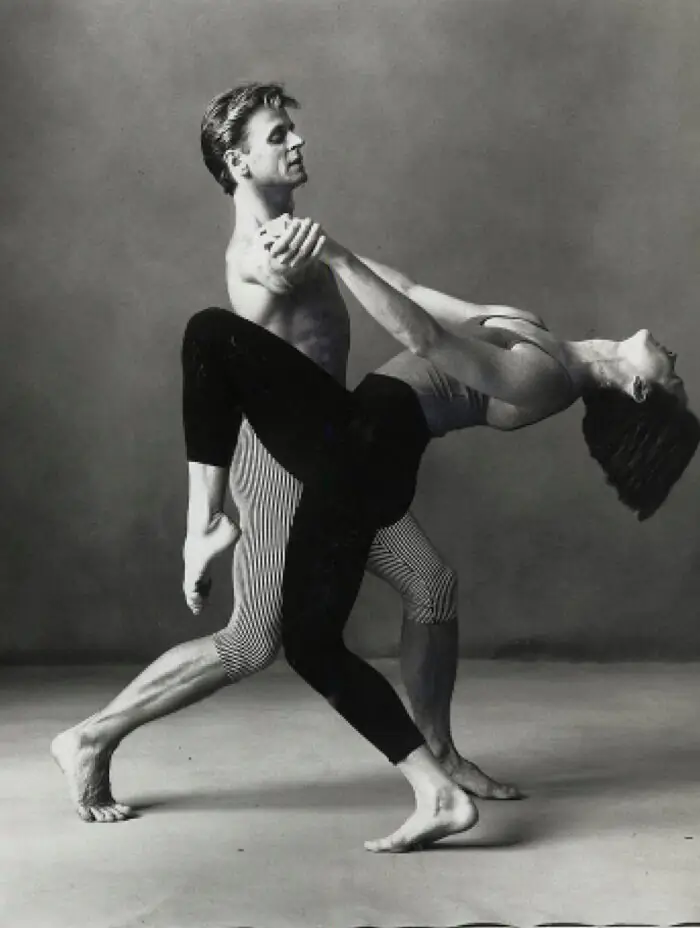
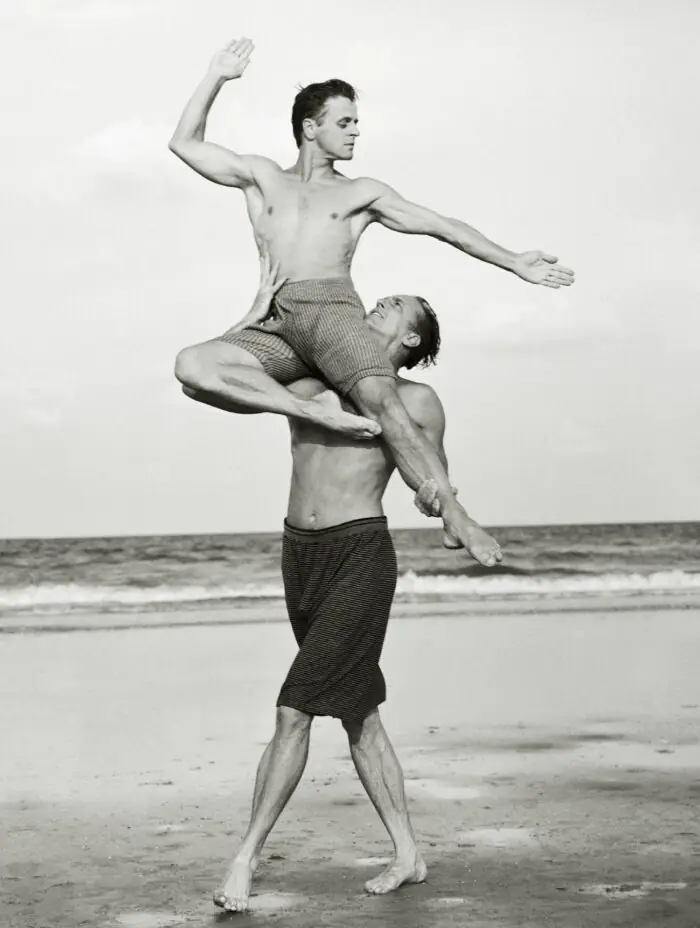
1st December 1922. French choreographer Jean Dauberval’s legendary ballet “Vain precaution” is performed at the Latvian National Opera. This was the beginning of Latvian ballet history.Although ballet in Latvia began later than in Estonia (the national ballet appeared there four years earlier, in 1918), Latvian ballet is considered to be the leading ballet in the Baltics. It was in Latvia that Mikhail Baryshnikov, Māris Liepa, Alexander Godunov, Vladimir Gelvan and other internationally famous dancers began their careers.
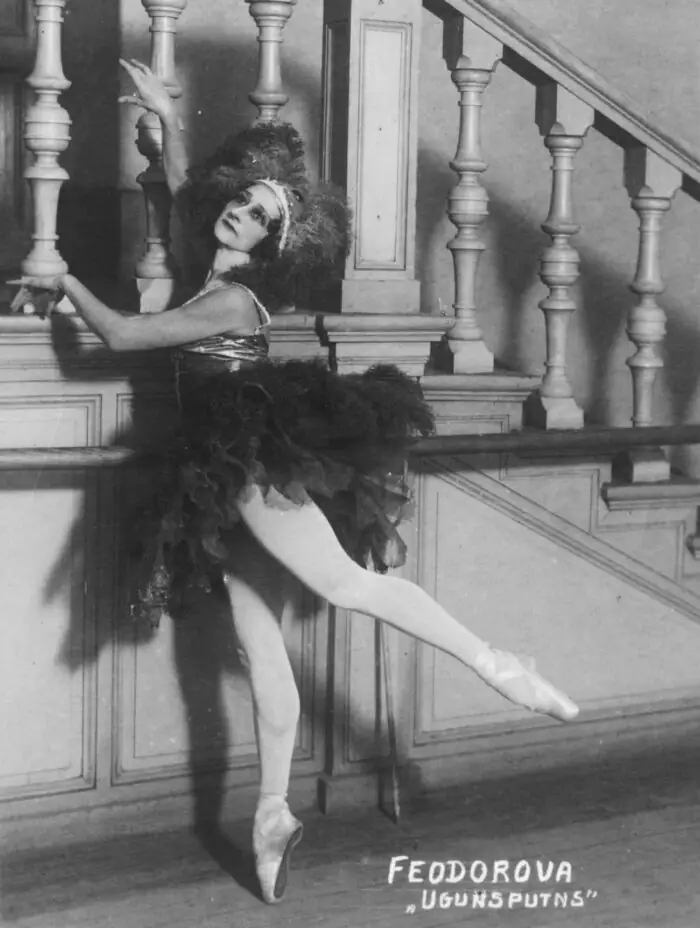
enciklopedija.lv
Aleksandra Fyodorova
It all started in the early 1920s, when Aleksandra Fyodorova, star of the Mariinsky Theatre, came to Riga. What was happening at the time in the capital’s ballet (if you can call it that – two regular dancers and about ten guest artists) took her by surprise. Federova then decided to take matters into her own hands. Almost immediately, she founded a ballet school and a private studio, where those without whom Latvian ballet would have been unthinkable began their journey.
Aleksandrs Lembergs
One of Federova’s first students was Aleksandrs Lembergs, who is undoubtedly a ballet legend. He began his studies in 1932 and in 1939 became a soloist with the Latvian National Opera, and 30 years later its principal ballet master. His most important productions include “Pier Gynt”, “Sprīdītis”, “Lolita’s wonderbird”and “Notre-Dame de Paris”.
The Lembergs period is considered to be the golden age of Latvian ballet. At that time, it was on a par with the Bolshoi Theatre in Moscow and the Mariinsky Theatre in St Petersburg.
Lemberg’s choreography was innovative: he combined ballet and contemporary dance, which at the time was considered something new and unprecedented.
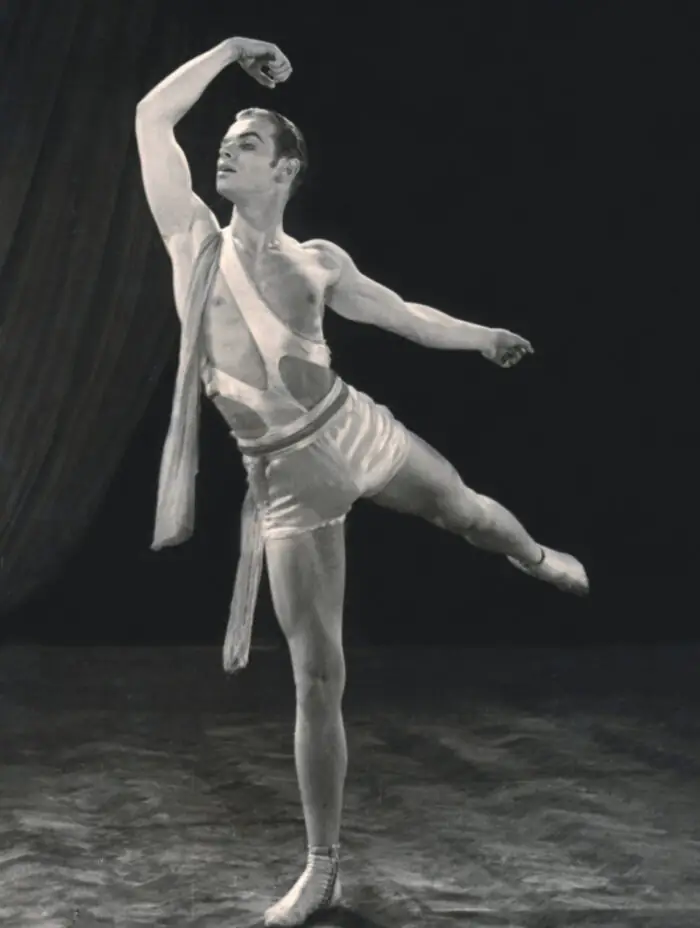
kulturaskanons.lv
Māris Liepa
When Lembergs was already successfully walking under the arch of the National Opera, another legend, Māris Liepa, was just a child and had no idea that one day he would go to ballet school on the advice of a family friend. Ballet school came into his life purely for health reasons. This health improvement process lasted for the rest of his life.
Liepa lived for a long time in two cities, Riga and Moscow. In 1960 he joined the Bolshoi Theatre troupe (where he worked hard for a long time). There he received the Stanislavsky Medal for the role of Spartacus. Liepa remains the only ballet dancer to have received this prestigious award.
Not far from the National Opera House is a beautiful monument to Liepa: ballet dancer seems to have been frozen forever in an arabesque above the waters of the Riga Canal.
“When you work on stage, it’s not the size of the stage that has to be worked, but the size of space.” – Māris Liepa.
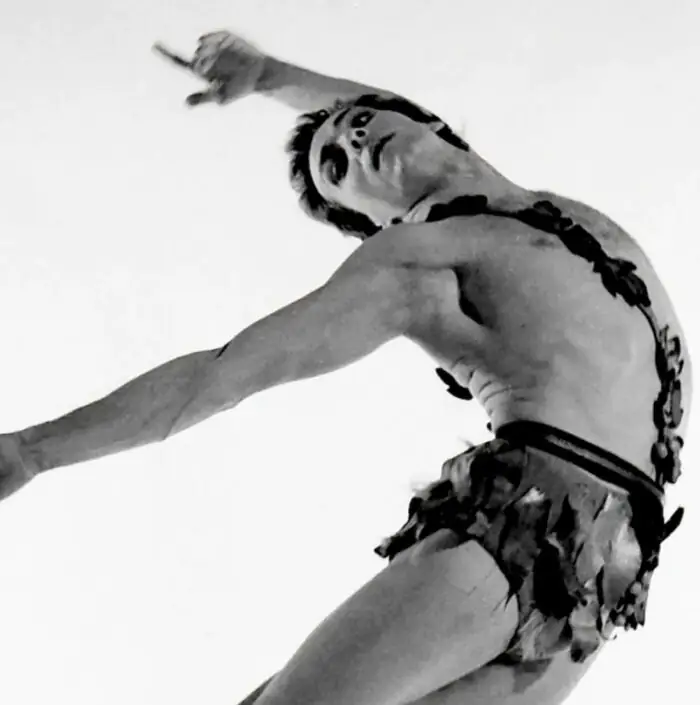
cojo.com
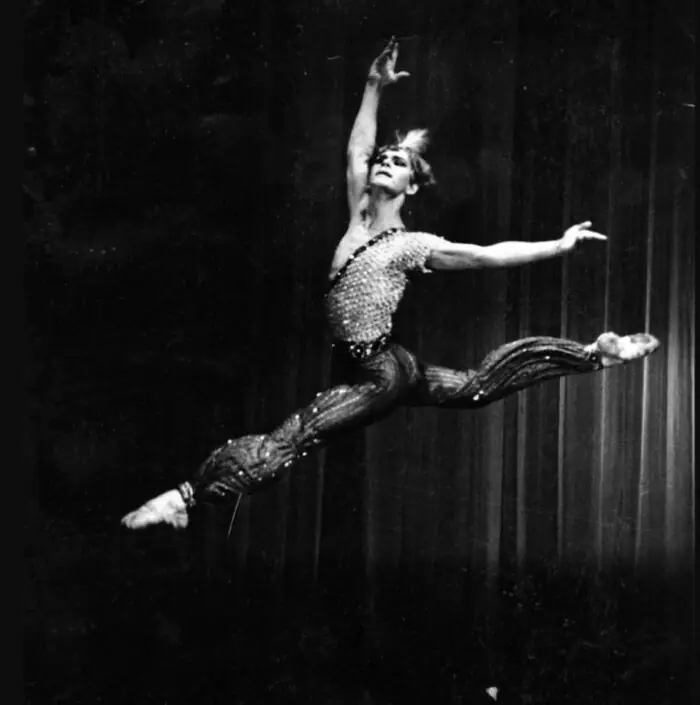
biographe.ru
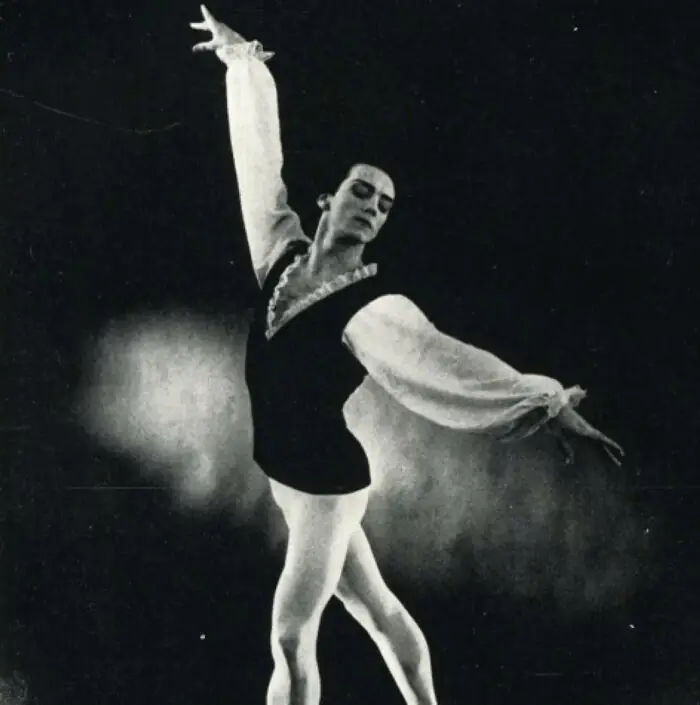
multiurok.ru
Mikhail Baryshnikov
A little later Mikhail Baryshnikov began his studies at the Riga Choreography School. Here he learned his first dances and performed on the big stage for the first time.
Baryshnikov continued his studies at the Leningrad Choreography School with Alexander Pushkin, with whom also Rudolf Nureyev had previously studied.
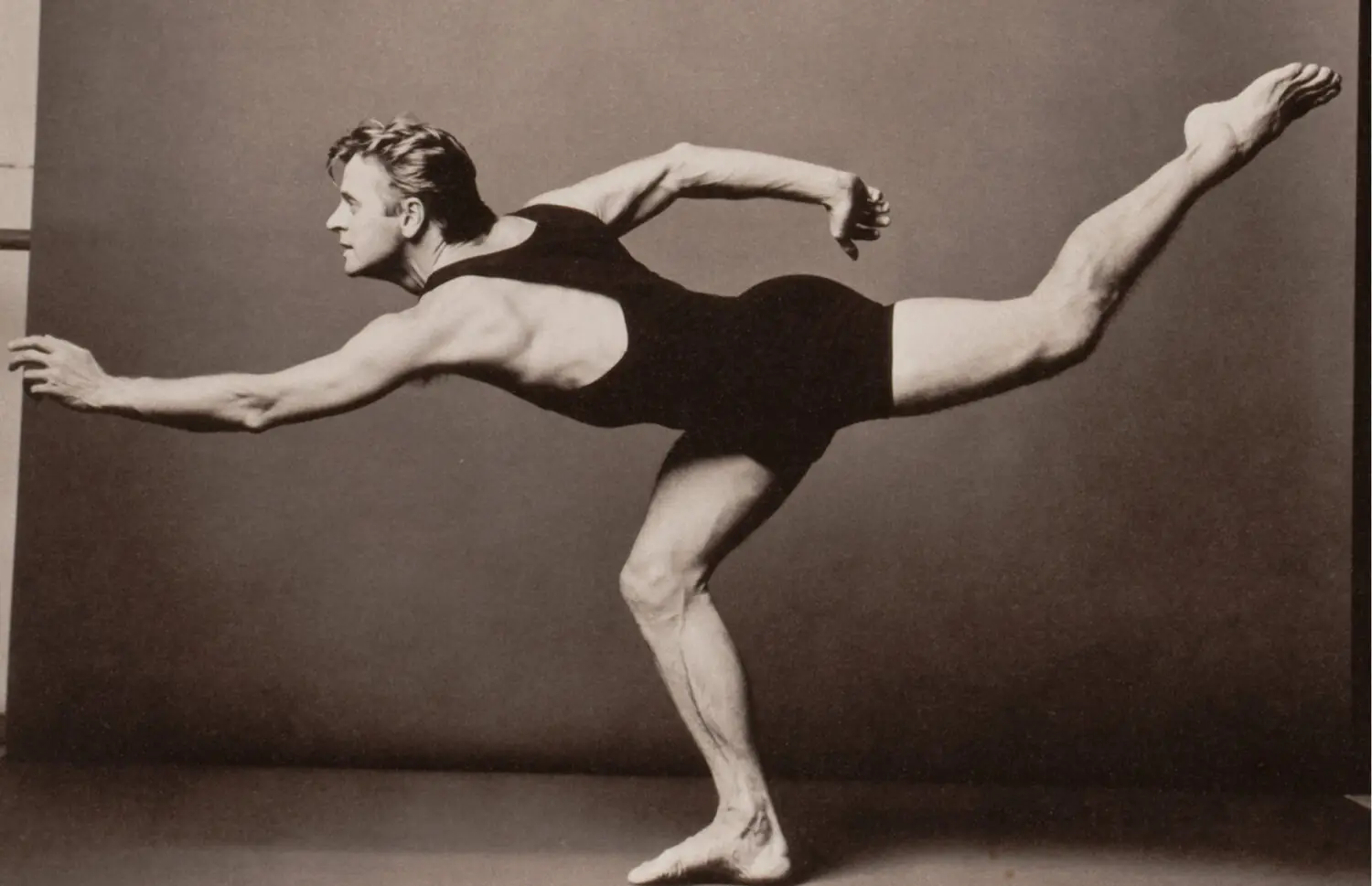
seattlemet.com
Aleksandrs Godunovs
Aleksandrs Godunovs first came to Riga at the age of three. At the age of nine, he entered the Riga Choreography School and after graduating he went to Latvian Opera and Ballet Theatre. However, due to his small stature, he was assigned to a corps de ballet group and firmly refused to join the main troupe. He then went to Moscow alone to perform there.
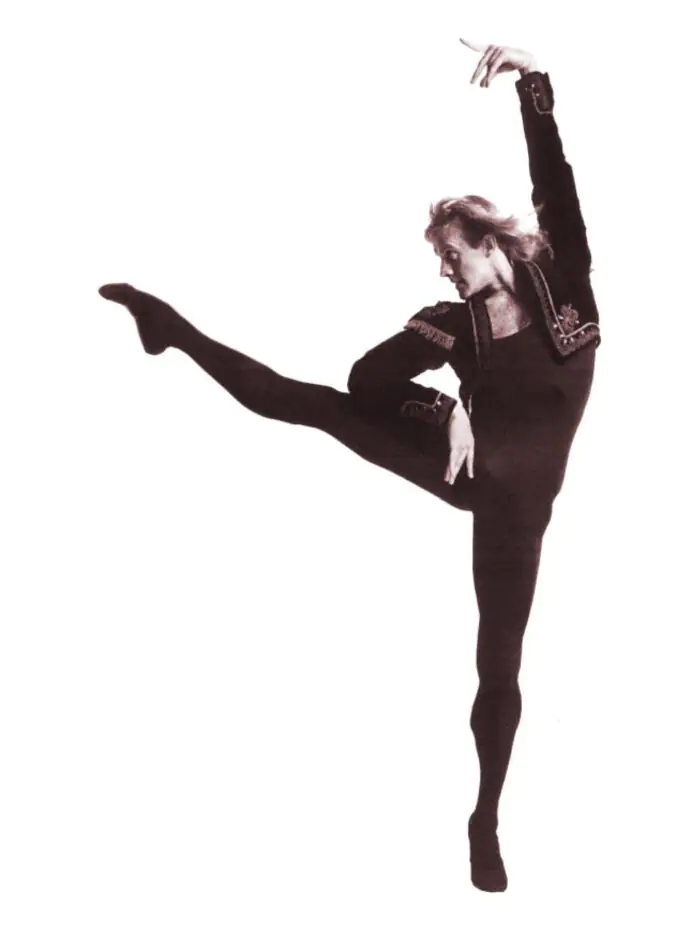
www.russkije.lv
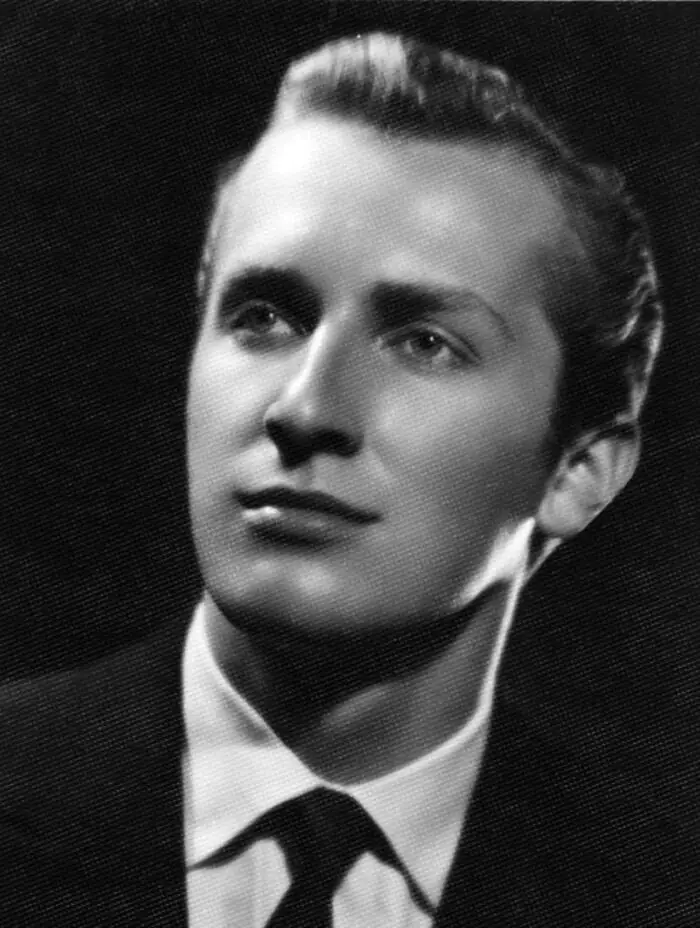
enciklopedija.lv
Juris Kaprālis
Baryshnikov and Godunov might have never reached such heights if not for Juris Kaprālis.
Kaprālis started teaching at the age of 26 – his first students were two future Latvian as well as world ballet stars. Interestingly, Kaprālis did not notice any special talent in Baryshnikov and Godunov at first. As he later recalled, the only thing that really attracted him was their phenomenal working abilities.
Anyway, both Baryshnikov and Godunov were in contact with their Latvian teacher throughout their lives. They often asked him for advice and invited him to their performances.
The Latvian National Ballet currently has more than 60 dancers, including laureates of prestigious international ballet competitions from South Africa to Korea. The principal dancers include Baiba Kokina, Elza Leimane, Jolanta Lubeja, Sabine Strokša, Filips Fedulovs, Arturs Sokolovs, Viktors Seiko and others. Kokina and Sokolovs are recipients of the prestigious Order of the Three Stars.
The Latvian National Ballet is a source of new productions and new projects every year. For example, soloist Iļana Puhova and choreographer Aleksandra Astreina are the founders of New Latvian Ballet. In 2014, they premiered their first major production “La Peau de Chagrin”, based on the novel by Honoré de Balzac, about a man’s confrontation with the myriad vices of society. The Latvian New Ballet aims to bring together talented Latvian choreographers working in classical and neoclassical styles, as well as to support young talents. Emphasis on the classical is no coincidence, as many ballet lovers claim that it is sorely lacking today.
“Ballet is not entertainment. It is an intellectual saturation”, by Iļana Puhova.

